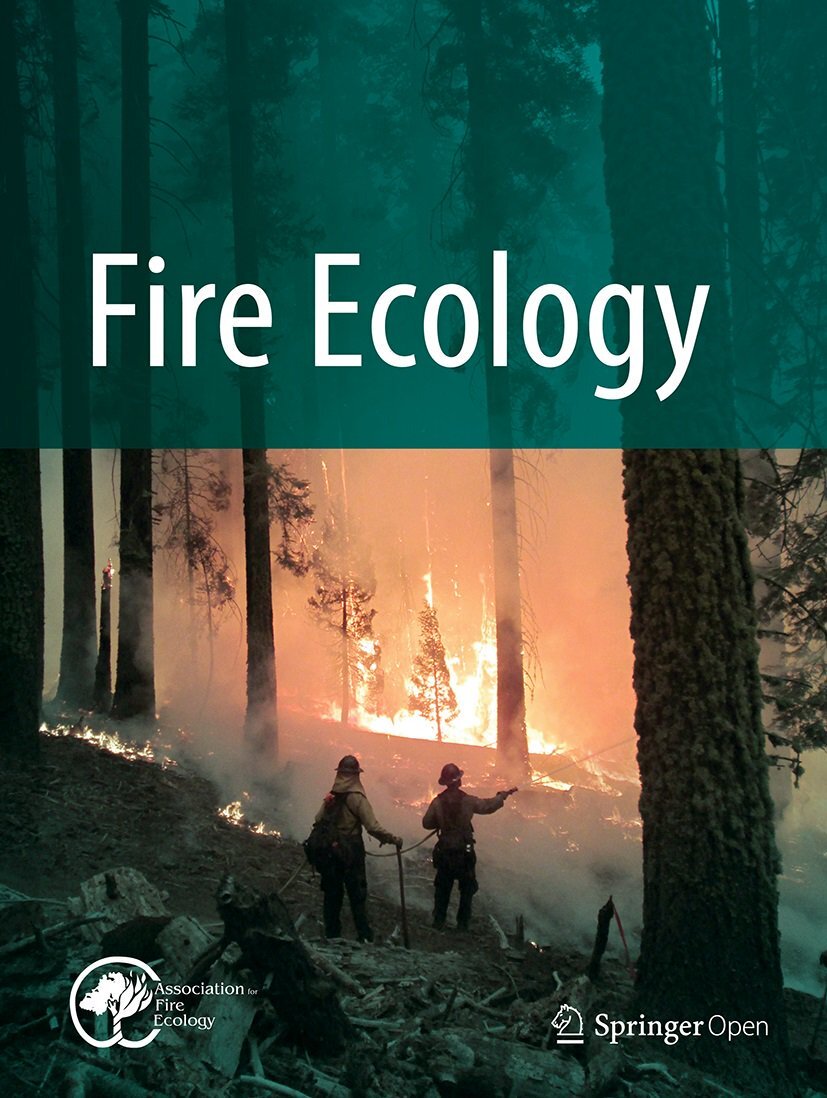November 21st from 11am to 12:30pm ET
Fire, whether naturally ignited or culturally conveyed, did not spread across eastern North America frequently or evenly enough for fire-dependent grasslands to be as ubiquitous as the forested landscape. But in areas where it could, there were open grasslands and grassy savannas and woodlands composed of a rich diversity of unique species assemblages. This discussion will feature researchers and practitioners involved in protecting and maximizing the size and occurrence of these herbaceous upland ecosystems reflective of contemporary pressures and challenges with a focus on restoring ancient remnants (old growth grasslands) and reconstructing grasslands (where grassland vegetation was destroyed). Specifically highlighted will be the value of intergenerational knowledge as well as the regional networks that have emerged from and support specific grassland management prescriptions reflective of unique flora and distinct drivers. Understanding local variation is necessary to success – particularly in the context of fragmentation, seed sourcing, fire suppression, climate change, and other factors. Panelists will share their “mental maps” developed from navigating such complexities especially plant community composition, habitat needs of wildlife species, and components of the fire regime to address when planning fuel load reductions and reintroduction of fire to help maximize the protection and persistence of these heralded ecosystems.



